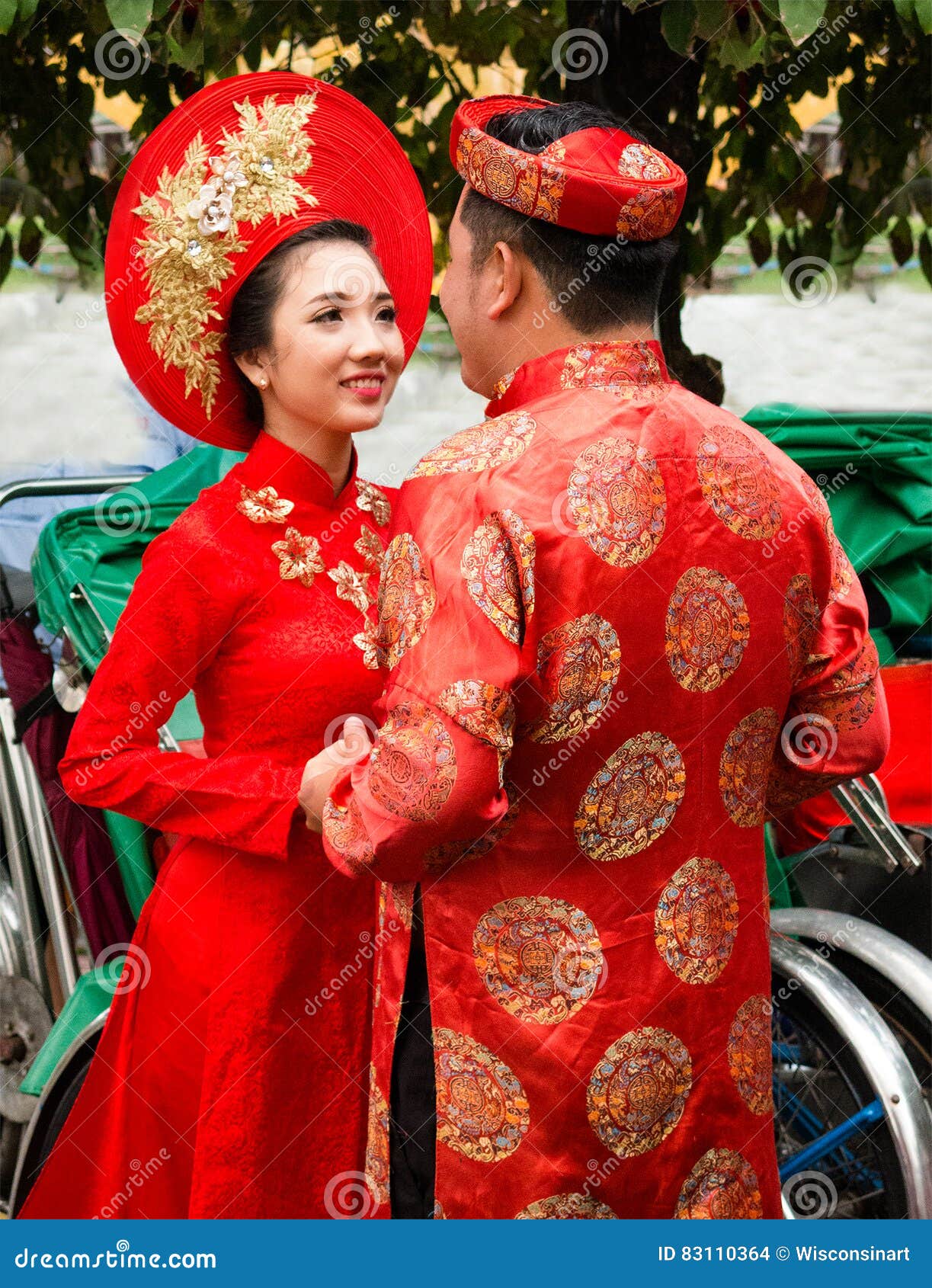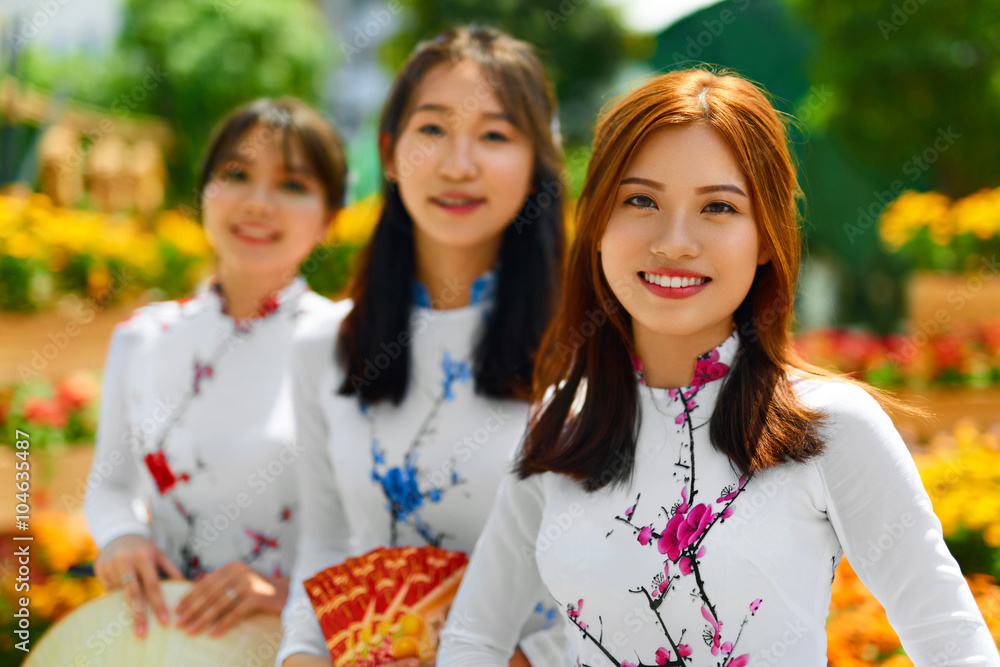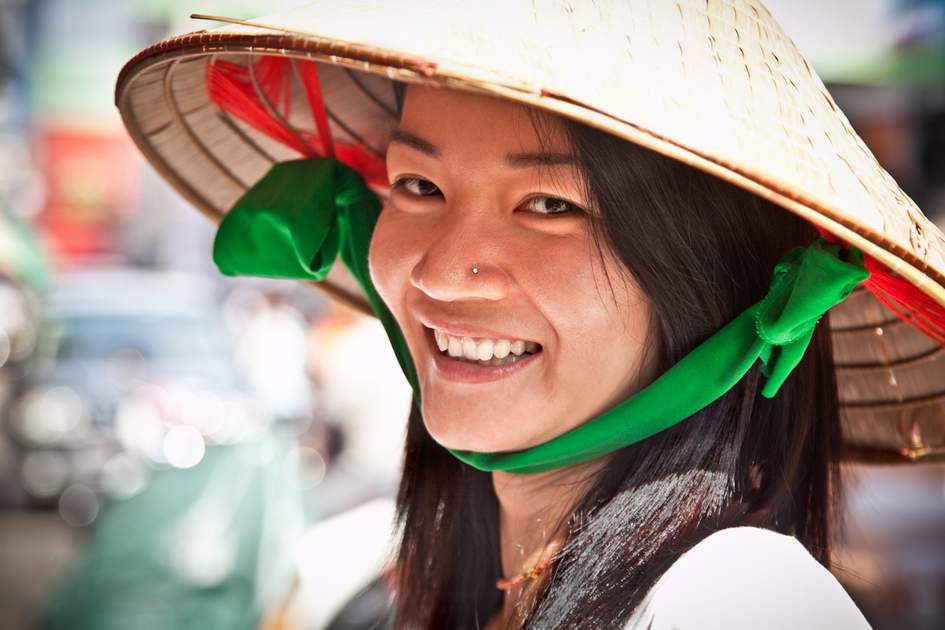Stepping into a Vietnamese eatery, for many, is like opening a treasure chest filled with wonderful smells and exciting tastes. The Vietnamese foodies menu offers a truly special trip for your senses. It is a culinary experience that brings together fresh ingredients, old traditions, and truly remarkable cooking methods. You might find yourself wondering what to pick from all the amazing options.
This cuisine, you see, is a big part of Vietnamese culture, which is a collection of customs passed down over many, many years. From lively gatherings to the truly varied dishes, it is a rich store of unique ways of doing things. The food often tells a story of the land and its people, connecting back to the Vietnamese language, which is the main tongue for a huge number of people in Vietnam, and also spoken by Vietnamese folks living all over the globe. It's the official language of Vietnam, and nearly everyone there speaks it as their first language, with many ethnic groups using it as a second language, too.
So, when you look at a Vietnamese foodies menu, you are not just choosing a meal; you are getting a taste of a long history and a vibrant way of life. We are going to explore some of the wonderful items you might find, helping you feel more at ease with all the delicious choices. It's a way to really get to know what makes this food so well-liked by so many.
Table of Contents
- The Heart of Vietnamese Cooking: Freshness and Tradition
- Decoding the Vietnamese Foodies Menu: Popular Picks
- Regional Flavors: A Taste of Vietnam's Diversity
- Finding Your Perfect Bite: Where to Eat
- Common Questions About Vietnamese Foodies Menu
- A Final Thought on Your Vietnamese Food Adventure
The Heart of Vietnamese Cooking: Freshness and Tradition
Vietnamese cooking, quite simply, is known for its balance. It often brings together sweet, sour, salty, and spicy tastes in one single dish, which is actually rather clever. This approach creates a delightful harmony on your tongue. The traditions have been kept alive for generations, with recipes passed down from family member to family member, keeping the flavors very true to their origins. You might find this kind of dedication in many homes and kitchens, which is pretty cool.
The Language of Vietnamese Cuisine
The Vietnamese language itself, called Tiếng Việt, or sometimes just tieng viet without the accent marks, has been around for thousands of years, mostly spoken for a long time. It is spoken by over 70 million people, and it is the official language of Vietnam. This language is not just for talking; it is also wrapped up in the names of the dishes you see on a Vietnamese foodies menu. Knowing a little about the words can help you understand the food better. For instance, "phở" is a word everyone knows, and it just means that special noodle soup. Many Vietnamese people who live outside of Vietnam, the diaspora, also use this language, helping spread the culture and its food far and wide. So, in a way, the language helps carry the food's story, too.
A Look at the Ingredients
One of the most important things about Vietnamese cooking is how fresh the ingredients are. Our menu, for example, always uses fresh herbs, lots of vegetables, and good quality meats. This focus on fresh items is what gives Vietnamese food its clean, bright taste. You will often see big plates of fresh greens and herbs served with your meal, meant for you to add as you like. It's a very interactive way to eat, and it really makes a difference to the flavor. This commitment to fresh produce is a hallmark of the cuisine, making each bite feel very wholesome and full of life.
Decoding the Vietnamese Foodies Menu: Popular Picks
When you look at a Vietnamese foodies menu, some items pop up more often than others, and for good reason. These are the dishes that have won hearts around the globe. They are usually the first things people try, and they often become firm favorites. It's kind of like a starting point for your taste adventure, you know, a very good place to begin.
Phở: The Iconic Noodle Soup
Phở is, without a doubt, the most famous dish on any Vietnamese foodies menu. It is a hearty noodle soup, typically made with beef or chicken broth that has been simmered for many hours, sometimes even overnight, to get a deep, rich flavor. The broth is the star, really. It has a mix of warming spices like star anise, cinnamon, and cloves. Thin slices of meat, soft rice noodles, and a generous pile of fresh herbs and bean sprouts usually come with it. You add these fresh items yourself, which is a bit of fun. There are different kinds of phở, too, like phở bò (beef phở) or phở gà (chicken phở), and each has its own loyal fans. It is a dish that feels comforting and exciting all at once, very much a complete meal in a bowl.
Bánh Mì: The Sandwich Sensation
Next up on a Vietnamese foodies menu is bánh mì, a truly special sandwich. It is made using a light, crispy baguette, which is a bit of a nod to French influence in Vietnam's past. But what makes it Vietnamese is what goes inside. You will find a mix of flavorful meats, like grilled pork, pâté, or Vietnamese sausage, along with pickled carrots and daikon, fresh cilantro, and a slice or two of cucumber. Sometimes, there is a bit of chili for a little kick. It is a wonderful mix of textures and tastes: crunchy bread, savory meat, tangy pickles, and fresh herbs. Bánh mì is often seen as a perfect street food, easy to eat on the go, and very, very satisfying. It's just a simple idea done incredibly well.
Beyond the Big Two: More Dishes to Try
While phở and bánh mì get a lot of attention, a good Vietnamese foodies menu has so much more to offer. For instance, there are spring rolls, called gỏi cuốn, which are fresh, clear rice paper rolls filled with shrimp, pork, rice vermicelli, and lots of herbs. They are usually served with a peanut dipping sauce or a fish sauce dip, which is a bit sweet and tangy. Then there is bún chả, a dish from Hanoi with grilled pork patties and slices of pork belly served over vermicelli noodles with a dipping sauce and fresh herbs. It is a really flavorful meal. Another favorite is cơm tấm, or broken rice, which often comes with grilled pork chop, shredded pork skin, and a fried egg. Each of these dishes shows a different side of Vietnamese cooking, and they are all worth trying if you get the chance. They offer a pretty wide range of tastes and textures, so there's usually something for everyone.
Regional Flavors: A Taste of Vietnam's Diversity
Just like any country with a long history, Vietnam has different ways of cooking depending on the region. The Vietnamese foodies menu in one part of the country might be a little different from another. For example, Northern Vietnamese food, where Hanoi is, tends to be a bit simpler in its flavors, often relying on the clear, pure taste of the broth or main ingredients. Central Vietnamese food, from places like Huế, is often known for being spicier and having more complex flavors, sometimes with a royal touch. Southern Vietnamese food, around Ho Chi Minh City, tends to be sweeter and uses more coconut milk and fresh herbs. So, if you try a dish in one place, it might taste slightly different somewhere else, which is actually quite interesting. This variety means there is always something new to explore, even if you think you know Vietnamese food pretty well.
Finding Your Perfect Bite: Where to Eat
Finding a good place to enjoy a Vietnamese foodies menu can be part of the fun. For example, if you are in Pasig, Metro Manila, you can find places that serve Vietnamese food. TripAdvisor traveller reviews can be a good way to search for restaurants there, helping you pick a spot based on price, location, and what other people thought. It is always a good idea to look for places that seem popular with locals, as that often means the food is authentic and well-loved. A place that uses fresh herbs, vegetables, and meats, like the ones we mentioned earlier, will probably give you a very good experience. You can learn more about Vietnamese cuisine on our site, which might help you pick a place. Also, consider checking out this page for more restaurant tips.
Common Questions About Vietnamese Foodies Menu
What makes Vietnamese food different from other Asian cuisines?
Vietnamese food often stands out because it focuses so much on fresh herbs and vegetables. It also aims for a balance of five tastes: spicy, sour, bitter, salty, and sweet, often in one dish. The use of fish sauce (nước mắm) is also very common and gives it a distinct flavor. It is a bit lighter, too, compared to some other cuisines, which is something many people appreciate.
Is Vietnamese food generally healthy?
Yes, many Vietnamese dishes are considered quite healthy. They use lots of fresh produce, lean meats, and rely less on oil and dairy than some other types of cooking. Phở, for example, is a broth-based soup with lots of herbs, making it a rather light and nourishing meal. The focus on fresh ingredients really helps make it a wholesome choice.
What are some good vegetarian options on a Vietnamese foodies menu?
Many Vietnamese restaurants offer vegetarian options. You can often find phở chay (vegetarian phở) made with vegetable broth, or gỏi cuốn chay (vegetarian spring rolls) filled with tofu and vegetables. There are also many noodle and rice dishes that can be made without meat, sometimes with tofu or mushrooms instead. Just ask, and they can usually help you find something delicious.
A Final Thought on Your Vietnamese Food Adventure
Exploring the Vietnamese foodies menu is a truly delightful experience, one that connects you to a rich culture and a long history. Each dish, from the famous phở to the delightful bánh mì, tells a story of fresh ingredients and traditions passed down through time. It is a cuisine that is very much alive, always ready to surprise and satisfy your taste buds. So, the next time you see a Vietnamese restaurant, perhaps you will feel a little more ready to try something new and wonderful. It is a way to truly enjoy a piece of Vietnam, no matter where you are. Just go for it, you know, and see what amazing tastes you discover.



Detail Author:
- Name : Ms. Coralie Fisher IV
- Username : fbailey
- Email : modesta.hudson@larson.net
- Birthdate : 1970-09-26
- Address : 452 Jaskolski Inlet Port Derrick, MI 46927-8889
- Phone : +14846120951
- Company : Schamberger, Schiller and Bayer
- Job : Protective Service Worker
- Bio : Sed explicabo quia magnam hic. Similique sint quos itaque et et cumque omnis. Eos est qui officia quia et quaerat consequatur.
Socials
instagram:
- url : https://instagram.com/cecelia_lueilwitz
- username : cecelia_lueilwitz
- bio : Natus distinctio ratione odio nesciunt sapiente. Iure odit perferendis dolores et.
- followers : 1404
- following : 1288
tiktok:
- url : https://tiktok.com/@clueilwitz
- username : clueilwitz
- bio : Eius eum aut eos aut aut praesentium. Dolores iusto labore est in.
- followers : 985
- following : 1688



























